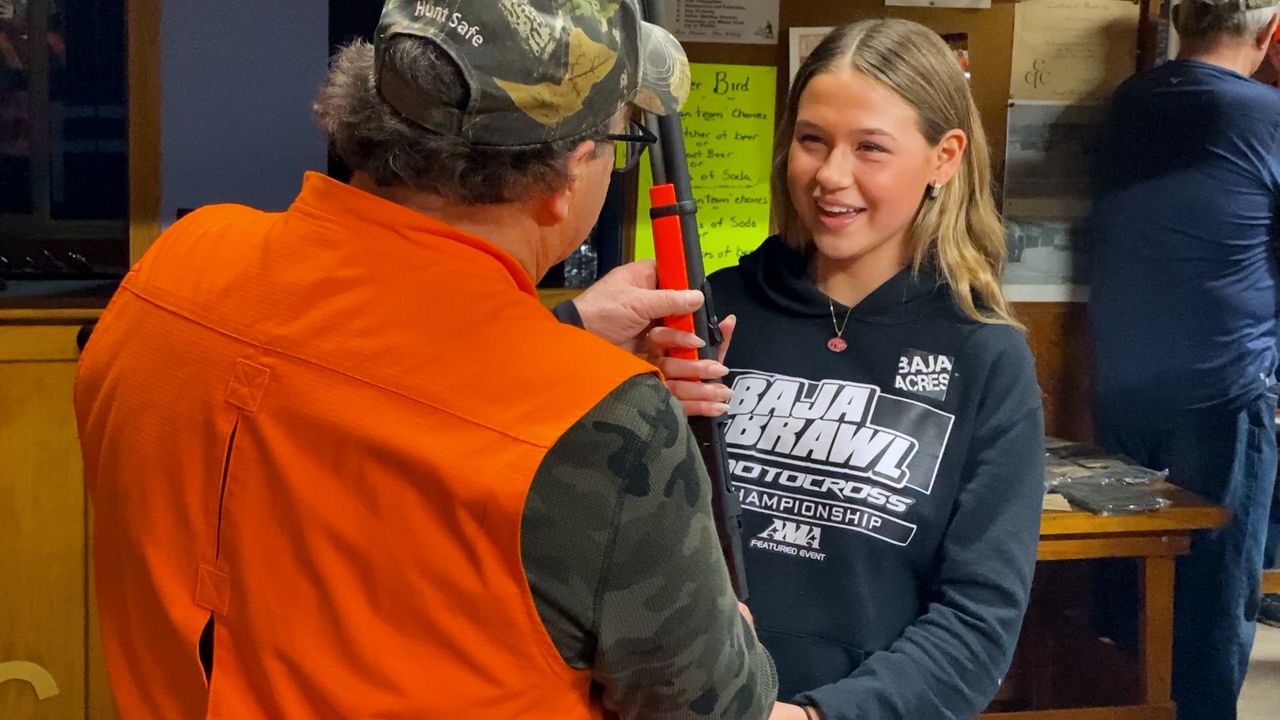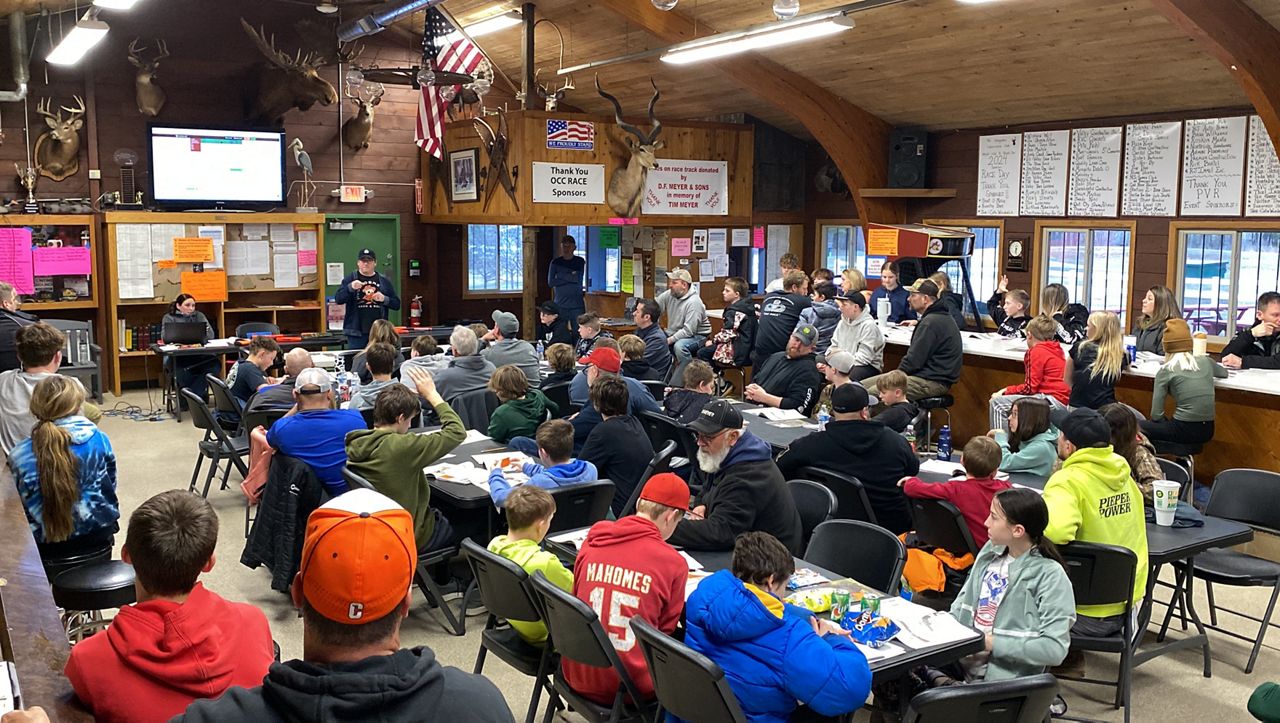OUTAGAMIE COUNTY, Wis. — These everyday heroes give their time and wisdom to help keep everyone safe during hunting season.
Fifty students signed up for a hunter safety course recently at the Outagamie County Conservation Club.
Volunteer head instructor Jim Allen said everything starts with firearm safety.

“With all the hype that guns are dangerous and everything, it’s making sure we teach them that guns aren’t dangerous, that they are okay if you treat them the right way,” said Allen.
For students over 18, there is an online-only option to receive a certificate. Allen’s class blended online materials with three in-person classes with a clear goal.
“To be able to teach them the right way. Not only their safety but also our safety and other people that are out in the woods, to make sure that nobody shoots anybody else,” explained Allen.
The four rules of firearm safety were stressed:
- Treat every firearm as if it is loaded
- Always point the muzzle in a safe direction
- Be certain of your target; what’s before and beyond it
- Keep your finger outside the trigger guard until ready to shoot

The importance of the rules was driven home by guest speaker Dan Werkmeister, who approached Allen about addressing the class.
He asked the crowd if they recalled the Milwaukee Bucks winning their most recent NBA championship.
“That’s also the day I shot myself in the stomach,” said Werkmeister.
Students paid close attention as the military veteran, familiar with handling guns, described the brief lapse in firearm safety that changed his life.
“I want to try to hit it home. Not just for the kids, but for the adults, too, because I never thought that would happen to me,” said Werkmester. “If it shocks them into remembering the firearm rules of safety and not doing those things, and if that helps them prevent an accident that could seriously affect their family or even them. I probably should have died that day.”
The relatively small caliber .22 bullet tore through his intestines. He credits his wife for saving his life. It took ten months and multiple surgeries for Werkmeister to recover.
“I wanted to tell my story to other people, to other kids. If it can scare them into remembering what to do. I just felt that it was something I should do,” said Werkmeister.
The message hit home. The crowd and volunteer instructors applauded after his speech.
“Whether it’s with your grandparents, friends, whoever, just to make sure you do it safely and not get injured. That’s the last thing we’d want to hear,” said Allen.
Wisconsin DNR Outdoor Skills Trainer Kayla Sasse helps support groups like Allen’s. She called the volunteer instructors the DNR’s “boots on the ground.”
“Hunting in Wisconsin is a very safe hobby. Very few incidents every year, very, very few fatalities, and that’s mainly in part to all the safety messaging that gets put out there by these instructors,” said Sasse.

Wisconsin officially implemented the program in 1973. It’s always looking for volunteers, but Sasse said there are still active instructors who started with the program over 50 years ago.
“The volunteer instructors are the ones who coordinate dates and times and advertise the classes. They do all the work,” said Sasse.
Most instructors are active hunters, so Sasse said the best time to find an in-person course is before and after hunting seasons.
However, when class is in session, the volunteers aim to teach the next generation of hunters how to enjoy the sport safely.



